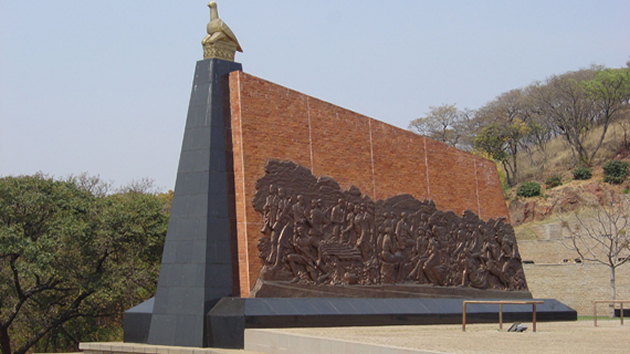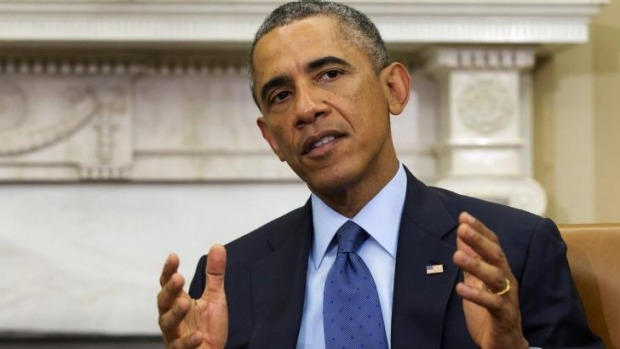Russia, Zim in the struggle together

Vladmir Shubin
IT was in January 1961 when Tarcissius George (“TG”) Silundika, a prominent leader of the National Democratic Party (and future Minister of Roads, Road Traffic, Post and Telecommunications in the first government of independent Zimbabwe) came to Moscow at the invitation of the Soviet Afro-Asian Solidarity Committee.
Among the issues raised by him was the financial support for buying a printing shop, means of transport and other needs and scholarships in the Soviet universities for training of trade-union, women and youth activists.
“Comrade TG.” really impressed his Moscow interlocutors, and, according to the archive documents, NDP was allocated $8 400 in 1961. (Later such allocations became annual and their volume increased). Besides, since then students from Zimbabwe started coming to the Soviet Union.
Soon the Zapu leadership requested Moscow to organise military training for its members, especially “for subversive work”, for military sabotage and for training in manufacturing of “simple small arms”, because it was impossible to bring arms into the country.
So, in the summer of 1964 two groups of Zapu militants came to Moscow.
They included such prominent persons as Akim Ndlovu, now a National Hero, Dumiso Dabengwa, former Minister of Home Affairs, and Phelekezela Mpoko, former Ambassador to Russia and to South Africa and now Vice President.
Apart from studying general military subjects they specialised in guerrilla warfare.
Military training of Zimbabwean freedom fighters continued for many years, and was becoming increasingly sophisticated, up to Air Force engineers and pilots.
In addition to training in the USSR, no less important was the assistance provided to the liberation fighters by the Soviet officers in Africa.
In July 1977 the first group of Soviet officers which consisted of 12 persons, arrived at a Zapu camp, situated 18 km from Luena, a town in Eastern Angola (formerly Vila Luso), not too far from the Zambian border and worked there for a year.
The Soviet group had a mission to train Zapu fighters and commanders and spent exactly a year there, till July 1978. Up to 2 000 Zapu members would come to Angola for training in two-month shifts.
The Soviet military specialists stayed in the camp together with Zapu combatants and shared all the hardships with them.
In spite of all the hardships they performed their duties in exemplary way.
In a year the Soviet officers trained over 10 000 fighters and commanders up to a company level.
A serious problem was the lack of proper air defence of the camp, due to the absence of anti-aircraft weapons. Air-observation was organised, trenches and shelters dug out.
However, it did not prevent heavy losses when on February 26, 1979 at 08:10 in the morning the Rhodesian Air Force seven bombers (earlier supplied by London) attacked the camp.
One hundred and ninety-two fighters lost their lives and about a thousand were wounded. A Soviet warrant officer Grigory Skakun, who was a specialist on fire-range equipment who had been hit by a cluster bomb containing ball bearings, died.
Zimbabwean fighters were trained in the USSR both in regular and guerrilla warfare.
When the Chief Commander of Zipra Joshua Nkomo led a delegation to the USSR in March 1978, I accompanied them to the Crimea to meet Zipra fighters who were undergoing training in the centre in Perevalnoe, created specifically for the liberation movements.
We watched how they were braving a snow-covered field, running and even crawling with an AK or RPG in hand, and somebody joked: “If Ian Smith were to see this he would immediately surrender.”
Indeed, intensive training of cadres, both in Africa and in the Soviet Union (as well as in some other socialist countries) made them staunch fighters.
One of the British diplomats, who in July 1985 took part in the “Witness seminar: Britain and Rhodesian Question: The Road to Settlement 1979-1980” at the UK National Archives, said:
“During the Lancaster House discussions when I was sent for in Salisbury, I remember a Rhodesian senior general commenting to me that some of the troops had just a nasty shock. They were used to being flown in by helicopter, landing and disembarking, and the guerrillas would fade away.
“However, a week before when Rhodesians had got out of the helicopter to engage a group of Zipra forces, newly trained by the Russians . . . The devils didn’t run away. They stopped and fought.” So, perhaps that did influence matters in Rhodesia.
The Soviet support to the struggle for independence was not limited by military matters. In the years of the liberation struggle dozens of Zimbabweans passed different courses at various universities in the former Soviet Union.
As for political support, it included not only diplomatic activities in favour of Zimbabwe’s independence, but, for example, transmissions of powerful Moscow radio in Shona and Ndebele beamed into Zimbabwe.
Since Independence the relations between the two countries were developing perhaps slowly, but steadily. Their progress was however, interrupted by the political and economic crises in the USSR on the threshold of 1990s followed by somewhat similar crisis in Zimbabwe several years later.
Fortunately both our countries are on the upsurge now and the prospects of broadening our co-operation are very bright. We cannot be satisfied with a trade turnover of 30 or 40 million dollars or with a limited number of Russian tourists coming to your beautiful country.
Furthermore there is an important factor which brings Russia and Zimbabwe closer to each other: both our peoples cherish their independence and are ready to thwart any attempt of external forces to subvert it.
Vladimir Shubin is Principal Research Fellow at the Institute for African Studies in Moscow and Professor of the Russian State University for the Humanities. From late 1960s he was involved in political and practical support of the liberation struggle in Southern Africa.










Comments